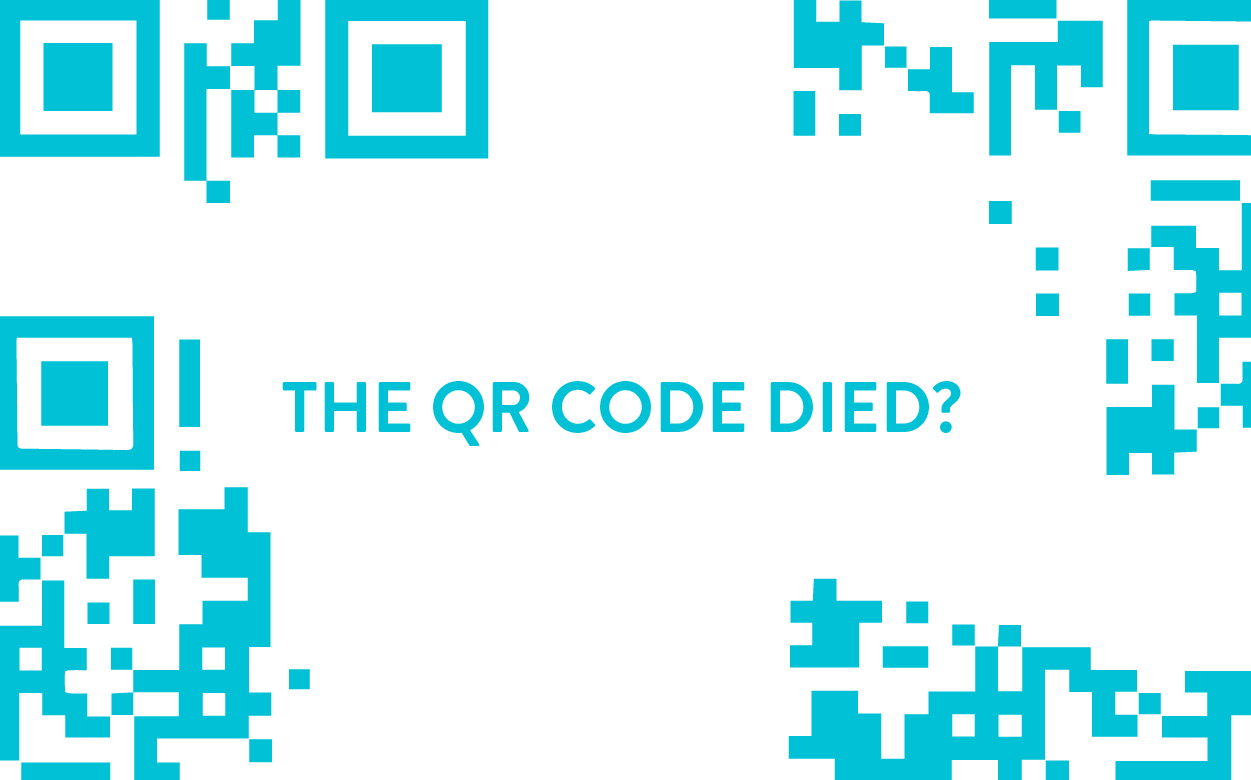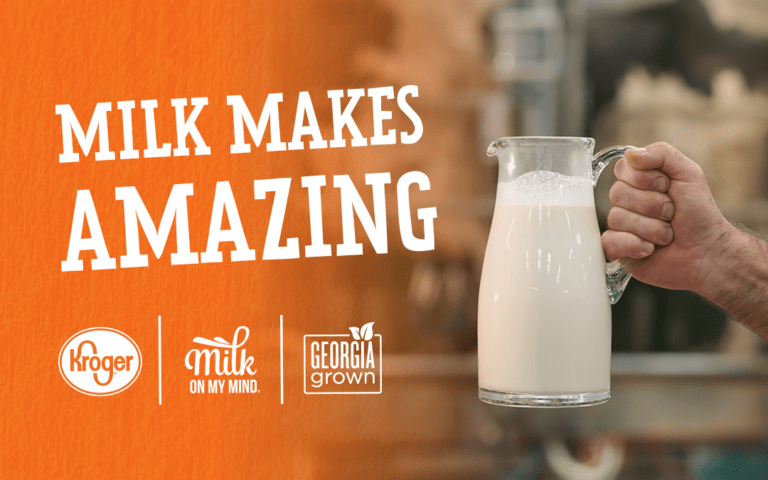Do you remember QR codes?
A QR code, if you need your memory walked back to simpler times, is essentially a small, discreet, scannable barcode that you can find on packaging, advertisements, restaurant menus, and more. The idea is that you can quickly whip out your smartphone, scan the code, and be instantly directed to online content. That online content could be a webpage, payment option, social media profile, among others.
The problem was that the QR code never was quite as rewarding or straightforward as it may have sounded – until now.
Cue 2020 and a novel coronavirus that has changed the way we live, work, interact, pay for goods, order food – you name it. The need for a touchless world has called the once-detested QR code back into daily use, and marketers should take note.
QR Code’s Rise and Fall
The QR code originated from the Japanese company, Denso Wave, in 1994. It differed from a traditional barcode, which was created in the 1960s, because it stored information in a square that could be scanned both horizontally and vertically. However, it wasn’t until the smartphone’s meteoric rise in 2011 that we began seeing these pixelated squares populated across every piece of marketing material, packaging, storefront, shopping bags, water bottles – and even articles of clothing.
Advertisers and marketers grasped tightly onto the QR code initially, excited by its versatility and seemingly futuristic vibe. Still, despite the code’s ubiquitous presence, users soon rejected it due to the impractical design. See, the problem was that there were a lot of problems.
More often than not, you’d point your smartphone at the code only to realize you needed to download a third-party app. After downloading an app with the appropriate QR code software, you would nearly always struggle to capture the code, but when you finally did, you’d end up on a webpage that wasn’t even optimized for your mobile browser.
The QR code had died – or so it seemed.
In 2017, however, Apple’s iOS 11 update finally allowed for the iPhone camera to support and recognize QR codes. Android followed suit, and, for a bit, it seemed the codes would overcome their perceived uselessness. Big brands began utilizing them again; the codes started popping up once more, but, alas, it appeared the QR code comeback wasn’t going to live up to expectations. Until…
The Benefits of QR Codes in 2020
Amid the current pandemic and the need for touchless solutions in our socially distanced society, the QR code is finally experiencing an appreciated revival.
Restaurants, bars, and pubs have exchanged their menus for laminated flyers of the black and white codes in order to protect their staff and patrons. Public venues are using the codes to establish a track and trace program to contain outbreaks. Grocery stores are adopting new ways to pay using the QR codes to reduce the risk of human-to-human infection.
Essentially, whether you’re checking into a flight or purchasing your weeks’ worth of groceries, you may very well be doing so by using QR codes. We will continue to see an increase in these prevalent codes as the pandemic continues; however, the benefits of using the QR code stretches beyond the virus.
Now that the overwhelming majority of consumers have smartphone technology in hand and are becoming more accustomed to scanning QR codes (I still can’t believe we’re here), marketers and advertisers should capitalize on this opportunity and learn about their audience to better understand their tendencies. In return, consumers can appreciate a relationship with a brand that rewards them for every scan.
Sure, we’ve heard a lot about the “new normal,” but who would’ve imagined that it would include a throwback like QR codes? It took a worldwide pandemic to show us the benefits of antiquated technology and how a tiny adjustment (or as our CEO, Amanda Lucey, would say, “pivot”) could make it a useful option in the purchase funnel.






